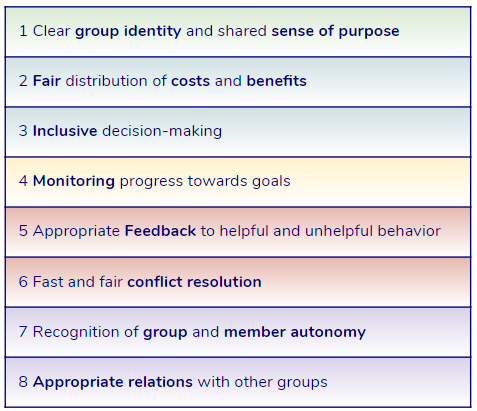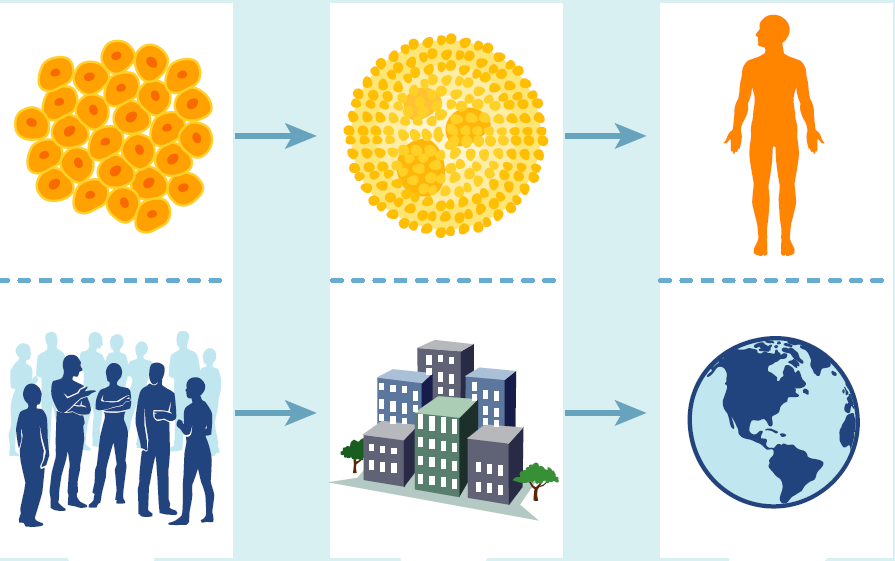
Discussion guide about moral issues
Lesson plan and worksheets to apply understandings of moral psychology in classroom discussions about ethical issues
Students explore how a honeybee swarm makes a decision about their future nesting site, and explore he similarities and differences to how human groups make decisions.
The biologist Thomas Seeley has been researching the behavior of honeybees. Particularly, he has been interested in the decision making processes that allow honeybee colonies to reliably choose among the best quality sites in an area for their new home. In his book “Honeybee Democracy”, he describes how these decision making processes work, identifies a number of principles, and makes an analogy between decision making in bees and human groups. This work helps us understand the challenges and mechanisms of a group of individuals having to make group-level decisions without a leader.
In this lesson, students explore how honey bees make their collective decisions, link these processes to general principles, and critically transfer and compare them to decision making in human groups.
Author: Susan Hanisch

Lesson plan and worksheets to apply understandings of moral psychology in classroom discussions about ethical issues

Students explore the principles that allow groups to work together and achieve common goals, applying them to the groups that they are a part of or care about.

A reading text about the challenges of life in groups and how groups across biology have found ways to solve these challenges.
OpenEvo is an educational innovation project from the Department of Comparative Cultural Psychology at the Max Planck Institute for Evolutionary Anthropology.
Evolve the future of education with us!